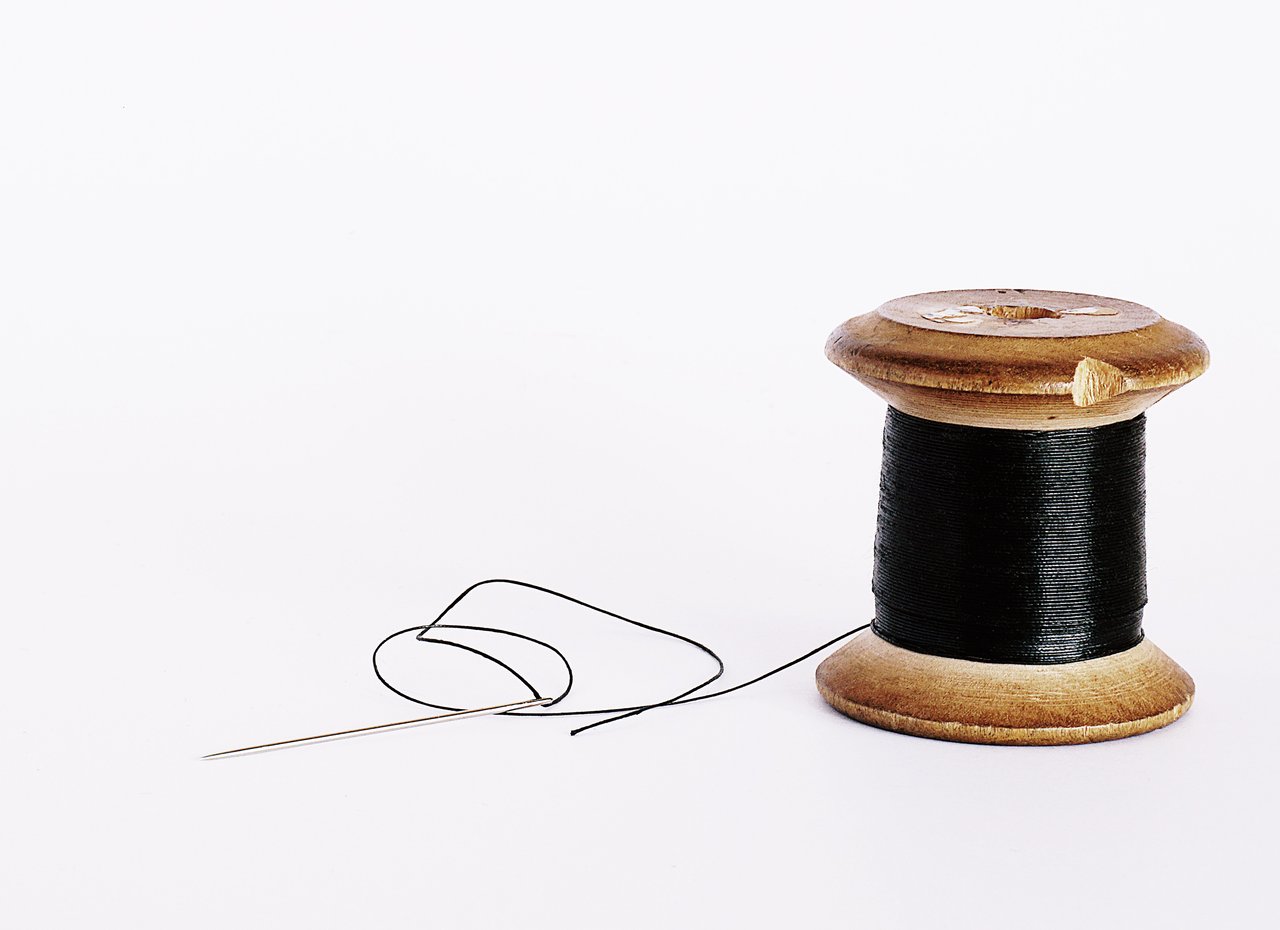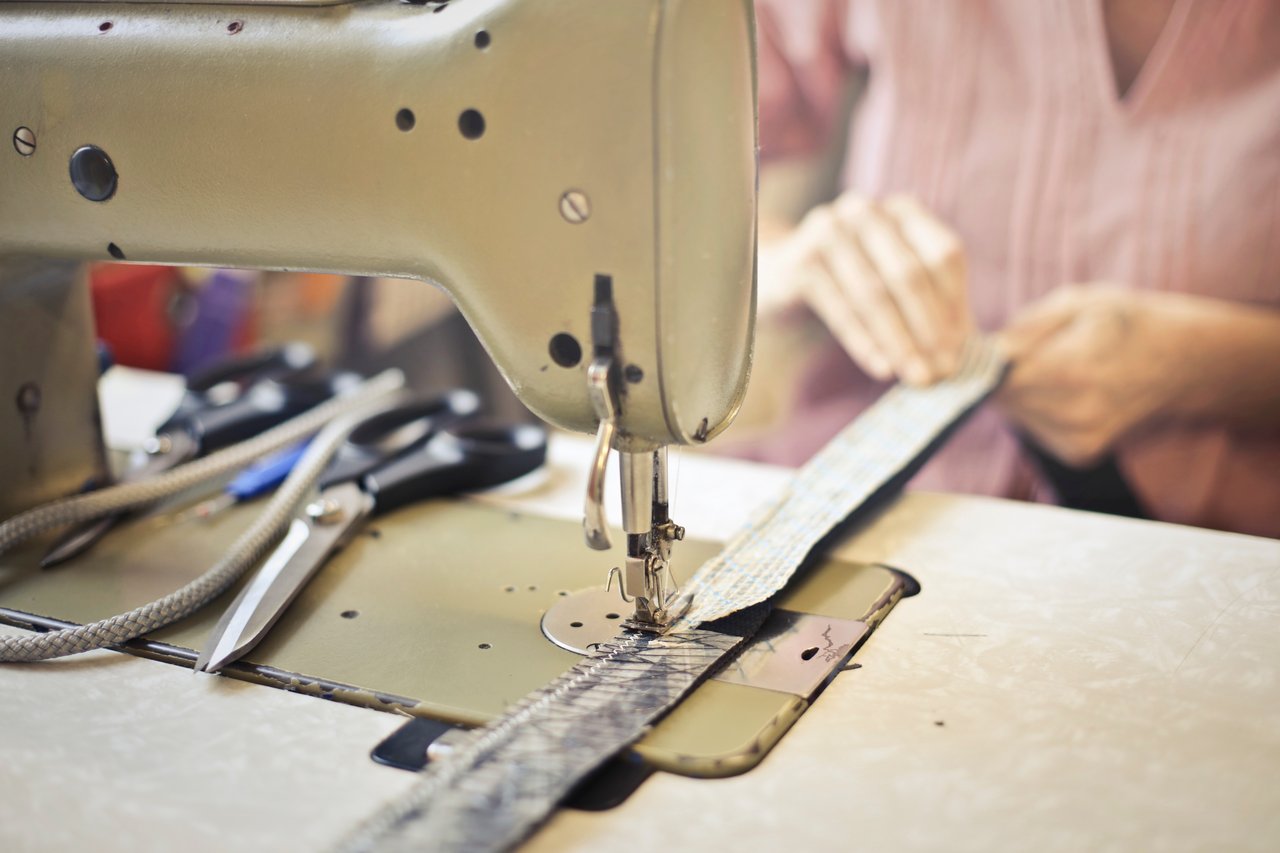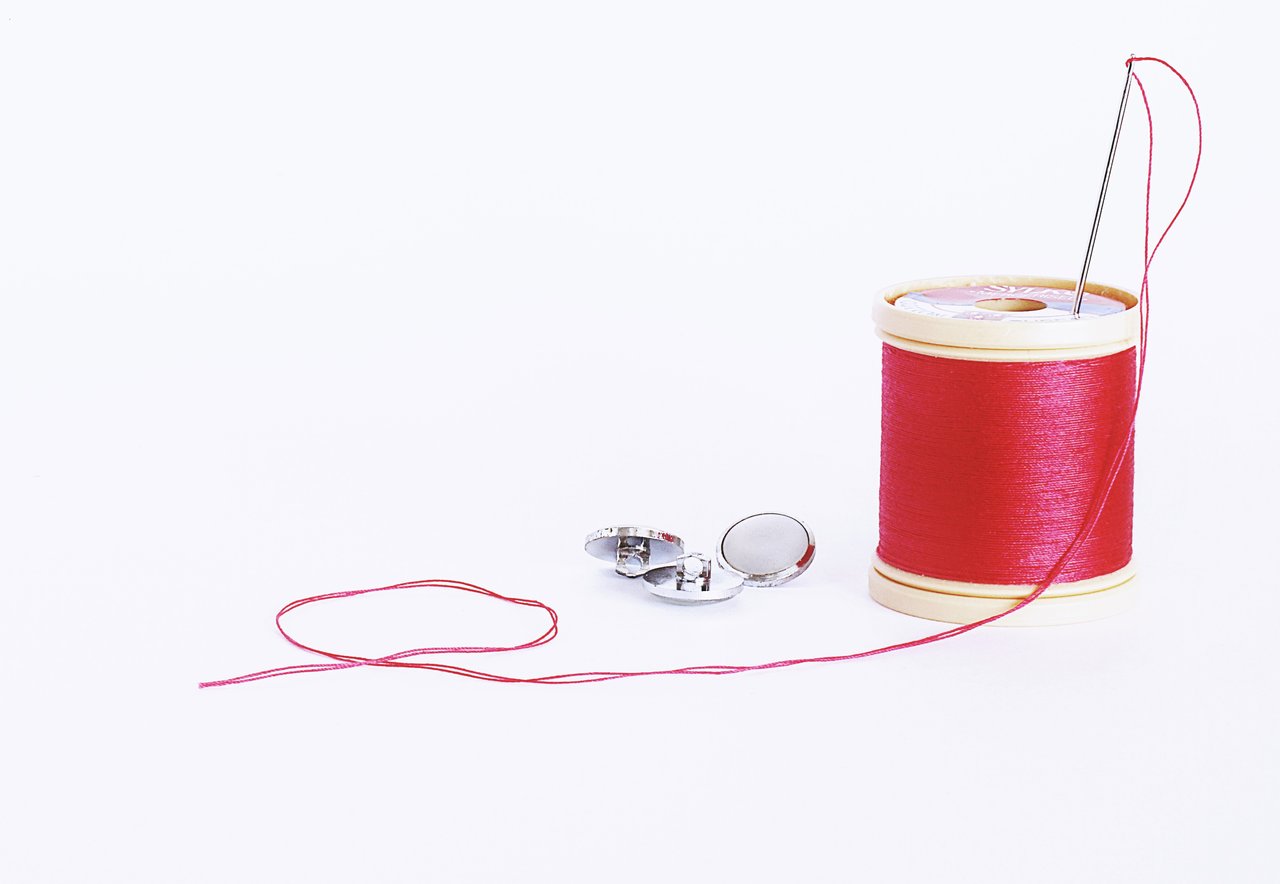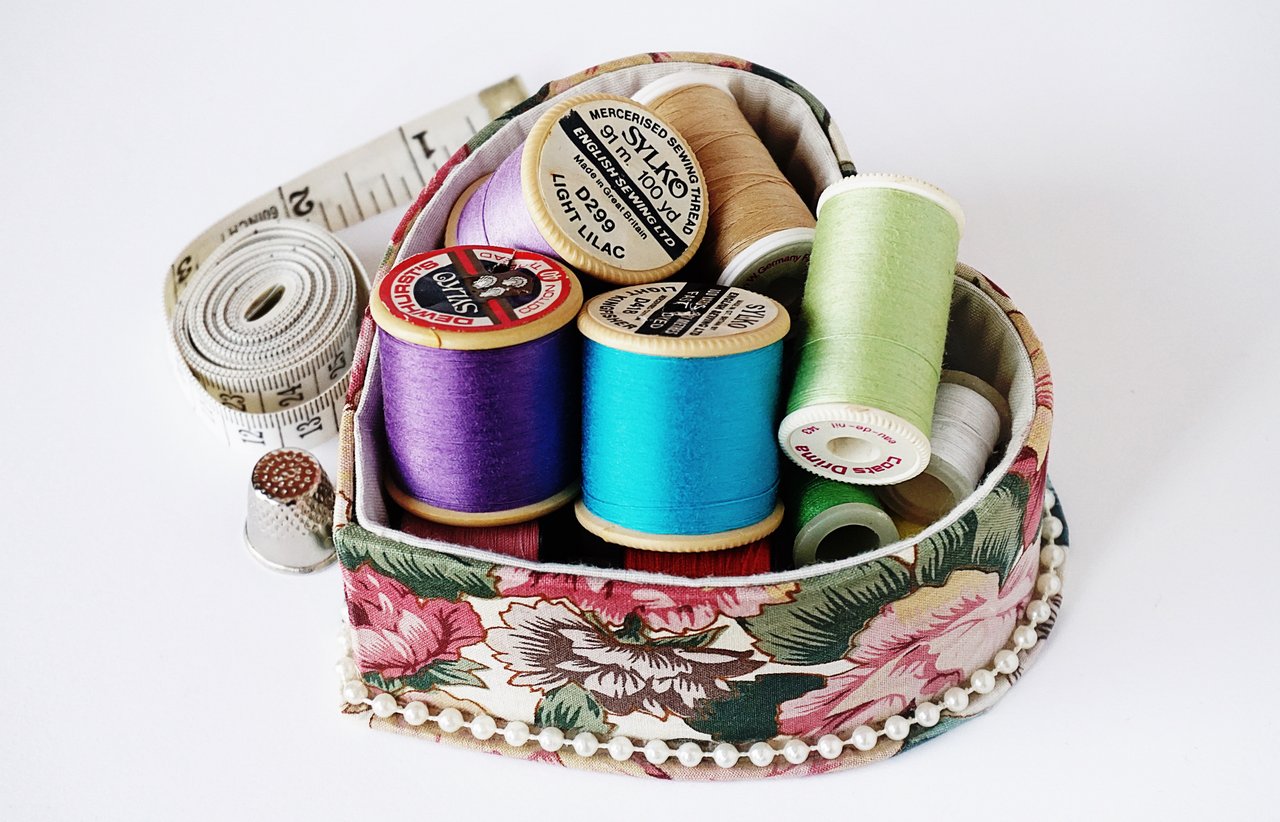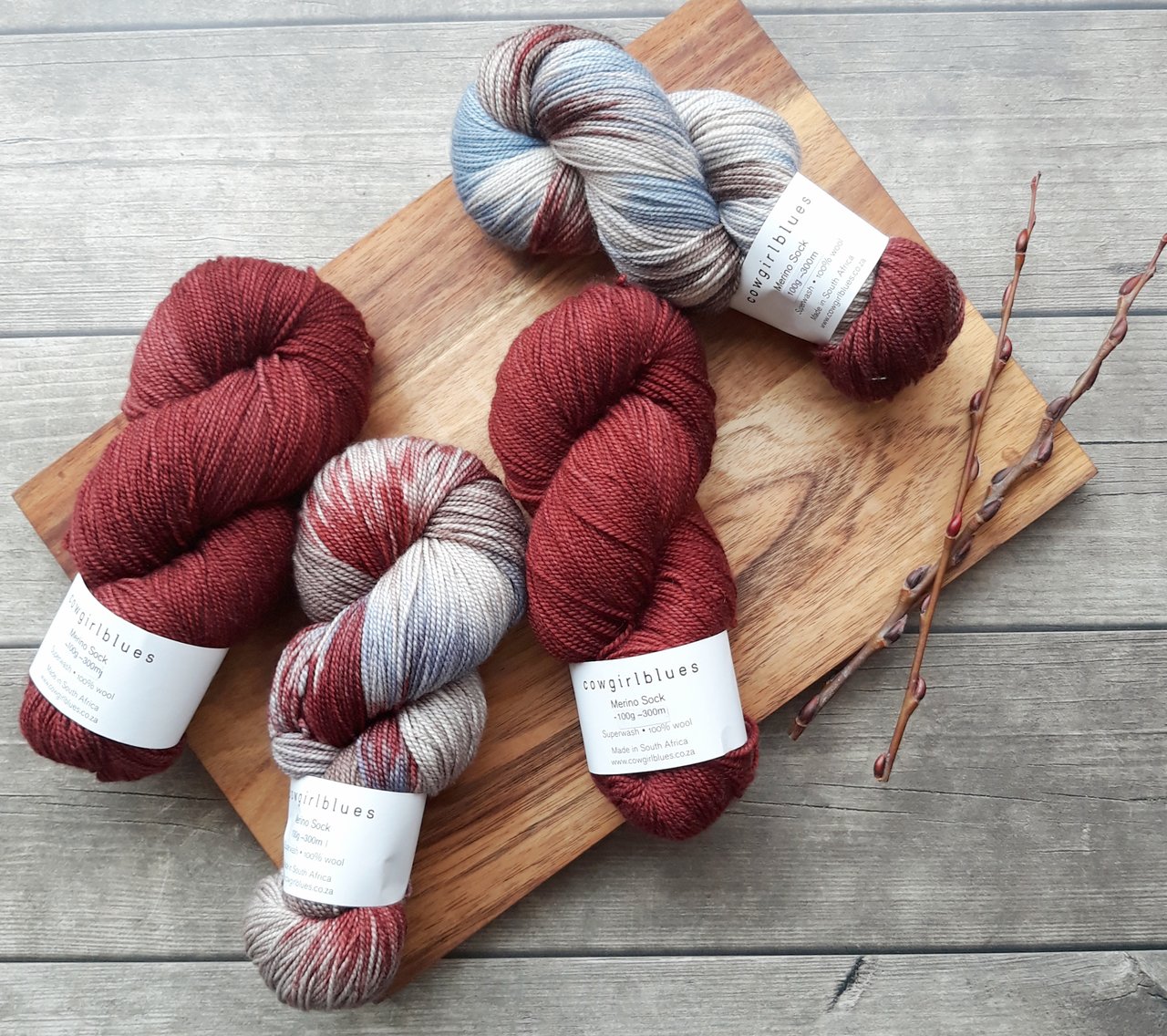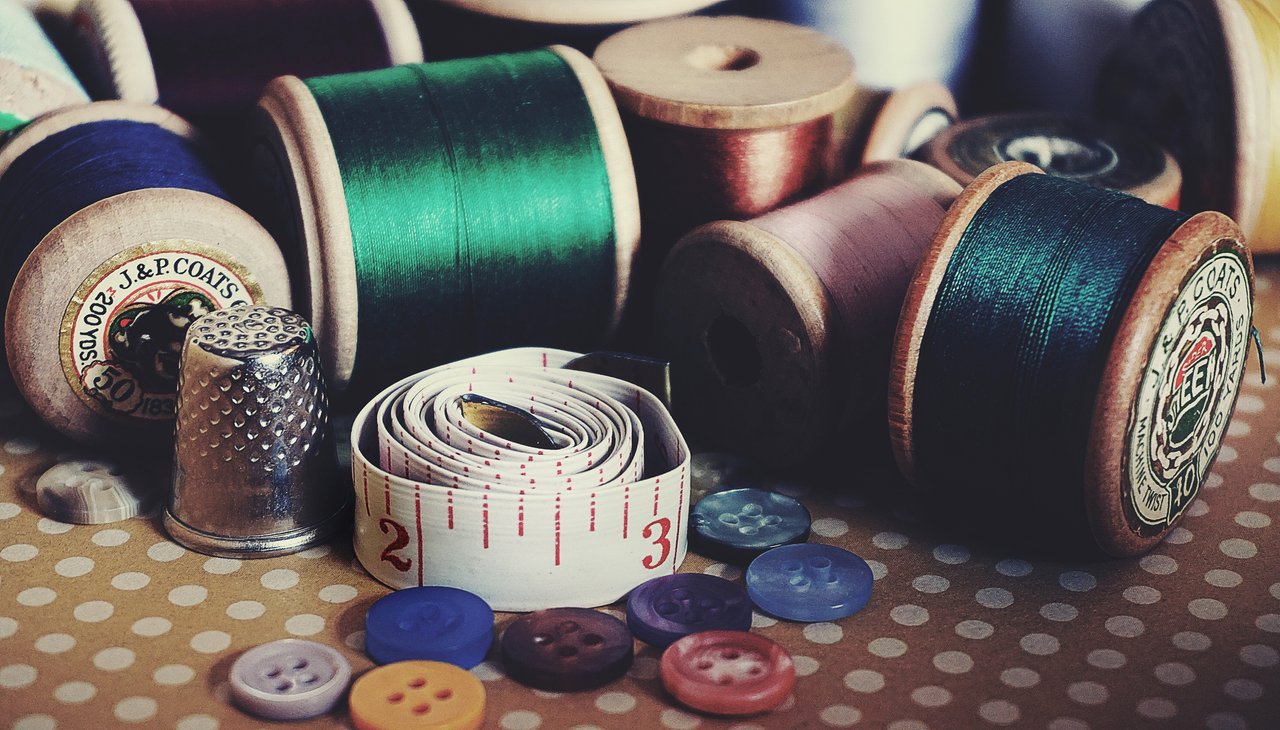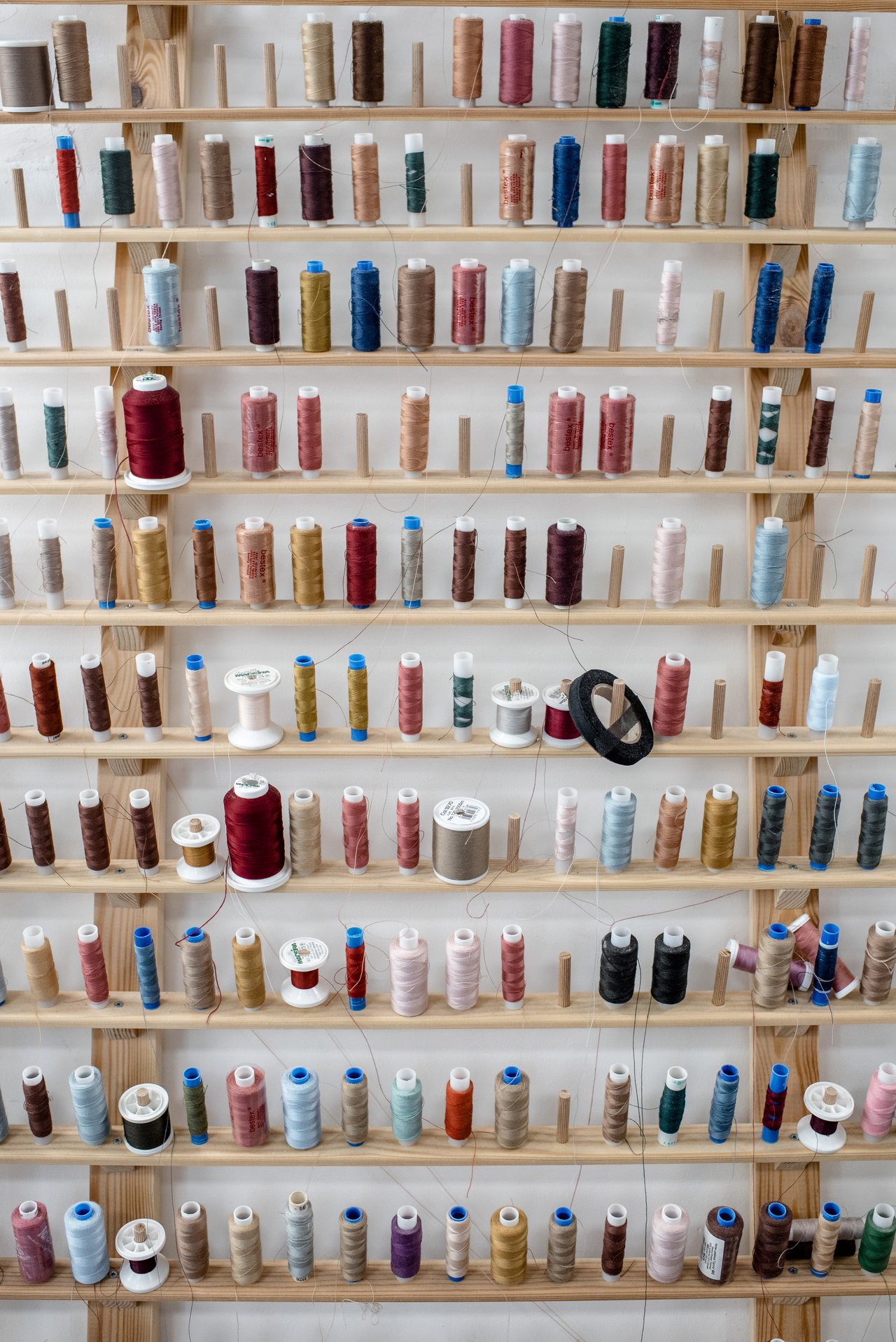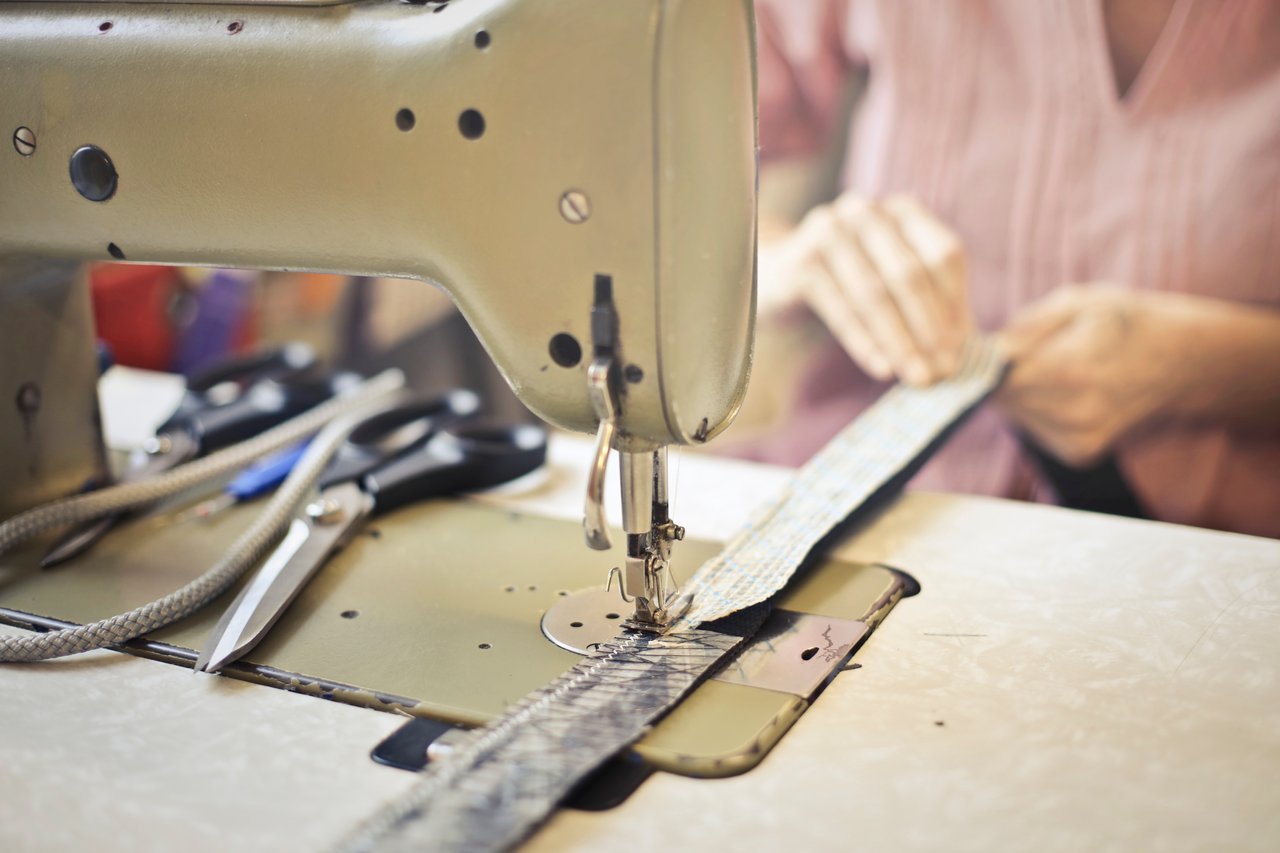How to make patches with an embroidery machine?
Who doesn’t love custom embroidery patches? These are great to add personalization to clothing and are in high demand, especially among youngsters.
You, too, can start making patches with an embroidery machine to tap into this highly profitable and high-demanding market. With modern embroidery machines, creating unique embroidery patches is a straightforward process. Here in this blog, we will help you get the head-start for embroidery patches with basic low-cost supplies and an embroidery machine.
Supplies required for embroidery patches
To create high-quality and durably patches, you should use sturdy twill patch fabric with a crinoline backing. This fabric is suited explicitly for embroidered patches. Using lighter or flimsier cloth will alternatively lead to waste of material and labor with poor finishing.
Sharp Needles
You need a sharp and durable needle to penetrate the tightly woven twill cloth. For commercial embroidery services, you should go with round shank needles.
Heat Seal Film Fuse-N-Bond
The heat seal film is ideal for creating stunning embroidery patches with a professional finish. The film is durable, and customers can easily iron it without deteriorating or fading the patch.
Transferring Embroidery Patterns to Fabric
You can take several approaches to transfer embroidery patches to the fabric. Thankfully, the process of transferring isn’t much complex. Choosing the right transfer method will primarily be decided on the type of fabric (texture, thickness and color), along with the resources you have. Some popular ways to transfer embroidery patterns to fabric include; tracing, transferring, and using a stabilizer.
Transfer Method
Design transfer is a commonly used approach to trace the design directly on the fabric. To use the transfer method, you will trace the back of the design with an iron-on pen. Subsequently, you will flip it onto your fabric and iron it until the design is fully transferred. To ensure that the design is fully transferred, you can pull up the paper periodically to see if all the lines have been transferred. Alternatively, you can also trace the design on the tracing paper before retracing it on the fabric using an iron-on pen or iron-on pencil.
Remember, you need to draw the design backwards so you don’t end up with an inverted pattern when you flip it to iron. A good practice is to mark the right side up to minimize the mistake of wrong side transfer. The transfer method is a simple process; however, it isn’t the most sensitive approach to transfer all lines to the fabric.
Stabilizer Method
The stabilizer method is better suited for embroidery patches when you are working with textured cloth. Using the right stabilizer like Sulky sticky fabri-solvy can vastly improve the transferring process of designs on the fabric. The stabilizer comes in all sizes, and you can even buy it in rolls. Just make sure you buy the right stabilizer amongst the many available in the market.
Tracing Method
The tracing method is yet another widely used method to make patches with an embroidery machine. The process work best for light-colored fabrics. The process involves getting the embroidery pattern printed off. With light-colored and thin-fabric, you can also directly trace the design on the fabric using a light source behind the embroidery design.




